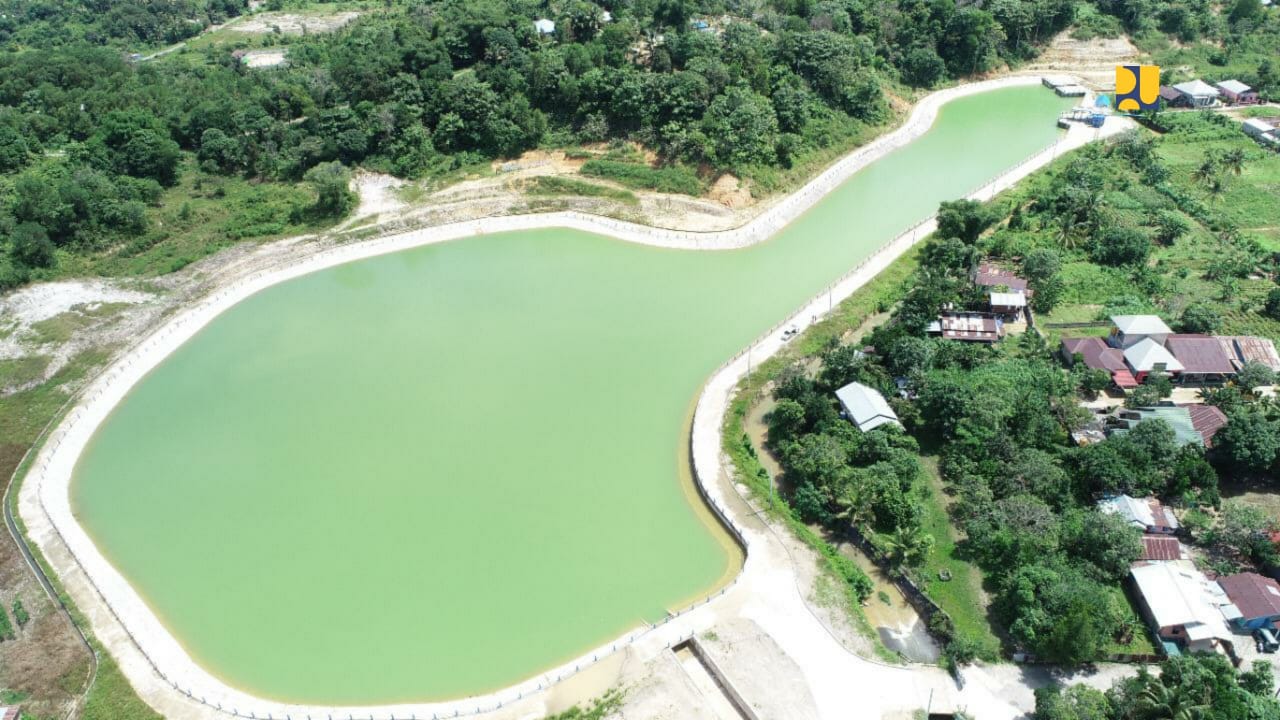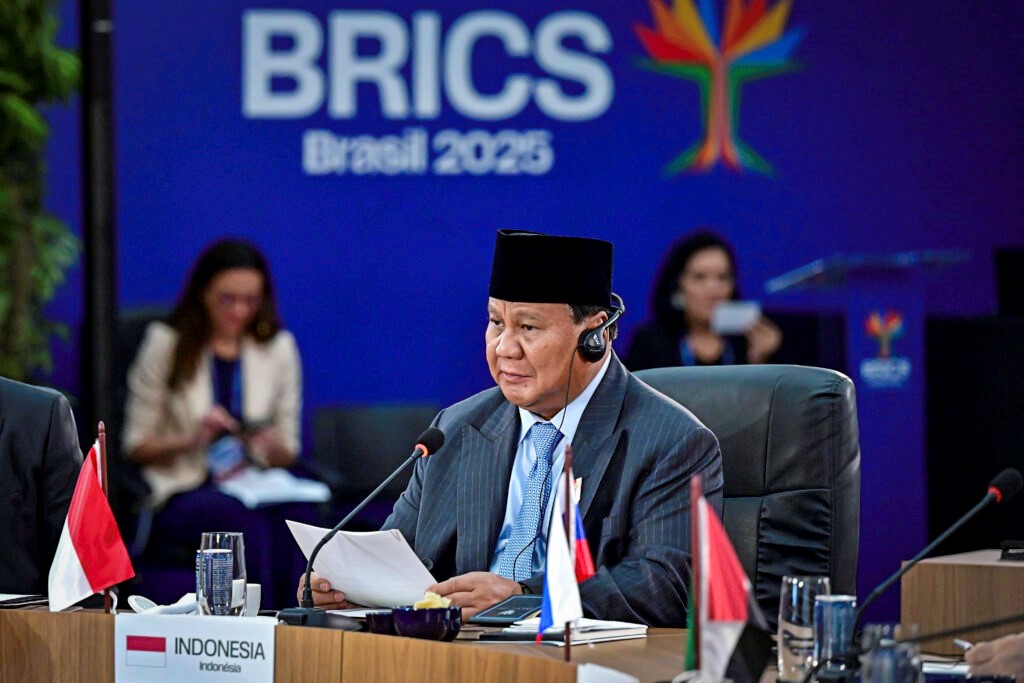Gov’t to Optimize Water Reservoirs As Dry Season Looms

A water reservoir. Photo by: Ministry of Public Works and Public Housing
In a bid to brace for the upcoming dry season, the Government has announced plan to maintain operation of water reservoirs across Indonesia.
“Ministry of Public Works and Public Housing will take several measures to maintain the availability of water during the dry season,” Minister of Public Works and Public Housing Basuki Hadimuljono said, adding that as per the instruction given by President Joko “Jokowi” Widodo, the Government has to ensure several aspects during the ongoing COVID-19, such as food, health, and basic services.
For the record, there are currently 241 active dams in Indonesia, including 16 main dams with water volume of 4,721 billion m3 and 512,515 hectares irrigation area.
Of those 16 main dams, 10 of them have normal water levels (Jatiluhur dam, Cirata dam, Saguling dam, Batutegi dam, Sutami dam, Wonorejo dam, Bili-Bili dam, Kalola dam, Way Rarem dam, and Ponre-Ponre dam), while 6 dams have below-normal water levels (Kedungombo dam, Wonogiri dam, Wadas Lintang dam, Cacaban dam, Selorejo dam, and Batu Bulan dam).
Basuki also said his Ministry regularly monitors water supply in 4,227 water retention basins and 344 lakes with a total reservoir volume of 338.8 m3.
In addition, 7,914 water wells are being prepared by utilizing an irrigation network of groundwater and raw water, with 4,098 wells normally functioning and the remaining 3,816 wells not normally functioning, he added.
The 4,098 functioning wells are located in the islands of Sumatra (488 wells), Kalimantan (46 wells), Sulawesi (701 wells), Java (1.514 wells), as well as in Bali and Nusa Tenggara region (1.190 wells), Maluku region (2 wells), and Papua region (148 wells).
In the meantime, the Meteorology, Climatology and Geophysics Agency (BMKG) reported that the dry season this year occur in the months of April, May (dominant), June, and July, with the peak forecast to occur in August to September.
The hydrological impact of the dry season is predicted to mainly hit ten provinces, including West Java, Central Java, Yogyakarta, East Java, South Sulawesi, Bali, West Nusa Tenggara, East Nusa Tenggara, Maluku and Papua with the affected areas of 90 regencies/cities and 1.142.168 hectares of agricultural land. (Ministry of Public Works and Public Housing/EN)
Translated by: Ridwan Ibadurrohman
Reviewed by: Muhammad Ersan Pamungkas








